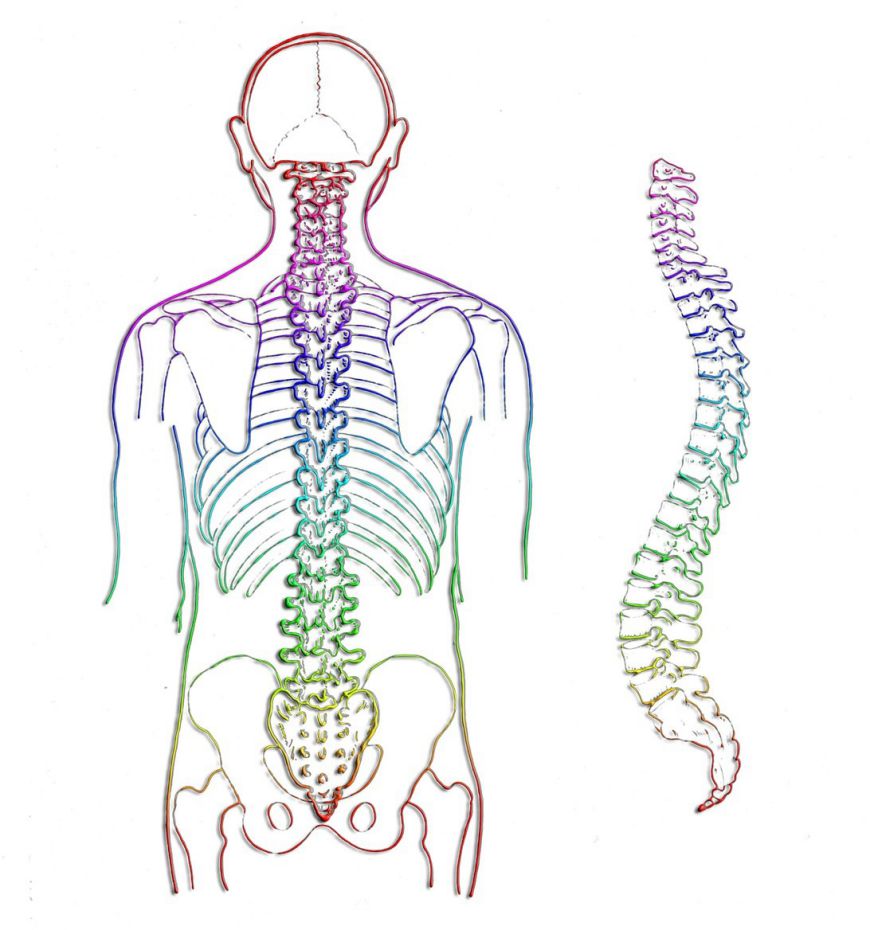Comparison of cognitive behavioural therapy for patients with chronic low back pain vs standard physiotherapy treatment
- 16 April 2020
- Physio Form

Background
Low back pain (LBP) is one of the most common long term disabilities. It's estimated that it costs the UK government 5 million working days a year and that 20% of all GP visits are related to LBP. 85% of LBP has no specific diagnosis and is very difficult to treat. There is growing evidence suggesting an multidimensional holistic approach, to such patients, may be beneficial.
Method
Retrospectively, 40 patients with LBP who were treated and discharged were selected from an NHS clinic in Chester. Group 1 (20 patients) were treated with cognitive behavioural therapy (CBT) and Group 2 (20 patients) were treated with manual therapy and acupuncture. 3 key outcome measures were reviewed; pain, function and whether they were discharged or were referred to other healthcare professionals.
Results
Group 1 achieved an 84% improvement in pain a 64% improvement in function and 100% of patients were discharged. In contrast, 35% of patients in Group 2 were referred on to other healthcare professionals and scored lower in the other 2 measures.
Limitations
1| Small sample size- this study only included 40 participants, which means the result may not be statistically significant.
2| Investigator bias- this study was retrospective and conducted in-house. Meaning that it's susceptible to bias.
Clinical Implications
CBT offers a tailored made approach for the individual and is feasible to implement in any setting. It is not only effective in improving physical and emotional functioning in patients with LBP, but also cost effective.
So what exactly is CBT?
Cognitive behavioural therapy is a psycho-social intervention that aims to improve mental health. CBT focuses on challenging unhelpful thoughts and behaviours which promote the development of coping strategies.
